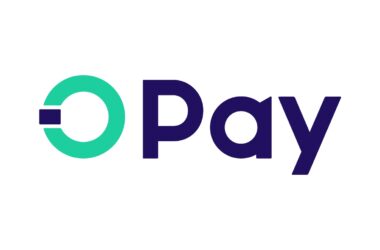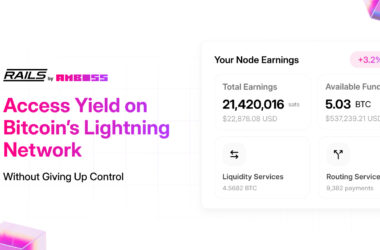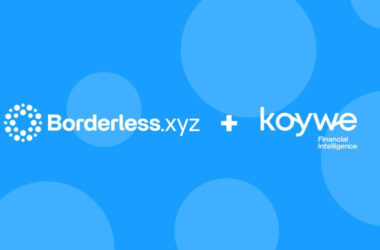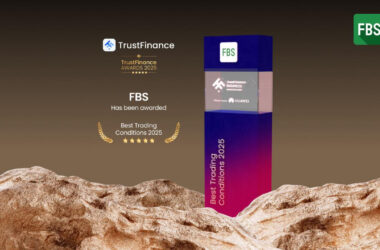There are different strategies for paying off debt, in the previous article we discussed the “Debt Snowballing” method to pay off the debt. In this article, we shall look upon the “Debt Avalanche” method.
What is Debt Avalanche?
The Debt Avalanche method is yet another strategy to manage your debt burden. While the debt snowball method targets the lowest debt first regardless of the interest that you have to pay on each debt. The debt avalanche debt adds a little more method to the madness by focusing on the interest payments instead of debt value.
The Debt Avalanche method requires your debts to be listed in the order of highest interest on a debt payable first. Debt avalanche method targets the interest rate and the rationale behind this method is that the faster you pay your high-interest rate debts, the more money you will be able to save.
Let us continue with the example of John we had in the last article. John has set aside $3000 this time, in order to pay off his debts which are as follows
Month 1
| Debt | Total | Minimum | Annual Interest rate | Interest Payable Monthly |
| Credit card debt | $500 | $100 | 21% | $9 |
| Auto loan | $5,000 | $500 | 18% | $75 |
| Personal loan | $2,000 | $100 | 10% | $17 |
| Mortgage | $80,000 | $2,000 | 7% | $467 |
| Total | $87,500 | $2,700 | $568 | |
It can be seen here that under debt snowballing, the order of debts would have been different. A personal loan would have taken priority over auto loan but under the debt avalanche method, the basis of priority is the interest rate.
Credit card debt carries the highest interest rate and therefore it should be paid off first. The extra $300 should therefore go towards paying off the credit card debt first.
Month 2
| Debt | Total | Minimum | Annual Interest rate | Interest Payable Monthly |
| Credit card debt | $100 | $100 | 21% | $2 |
| Auto loan | $4,500 | $500 | 18% | $68 |
| Personal loan | $1,900 | $100 | 10% | $16 |
| Mortgage | $78,000 | $2,000 | 7% | $455 |
| Total | $84,500 | $2,700 | $541 |
It can be seen that in a matter of 3 months, the credit card debt can be paid off and John can now shift his focus on repaying the auto loan.
Month 3
| Debt | Total | Minimum | Annual Interest rate | Interest Payable Monthly |
| Auto loan | $3,700 | $500 | 18% | $56 |
| Personal loan | $1,800 | $100 | 10% | $15 |
| Mortgage | $76,000 | $2,000 | 7% | $444 |
| Total | $81,500 | $2,600 | $515 |
Once the credit card debt is paid off, the extra savings of $300 can be diverted to paying off an Auto loan. Which means that Auto loan will be repaid at the rate of $800 per month which is made up of $500 minimum and $300 of savings. This means that the auto loan of $4500 in month 2 can be paid off in roughly six months.
The debt avalanche method can therefore be used to strategically pay off the highest-rated debts first. Thereby saving money on interest payments.
Now let us assume that John was following debt snowballing instead of debt avalanche. The table below shows how his month 3 payments would have looked like under debt snowballing.
Month 3 (Under Debt Snowball)
| Debt | Total | Minimum | Annual Interest rate | Interest Payable Monthly |
| Personal loan | $1,500 | $100 | 10% | $13 |
| Auto loan | $4,000 | $500 | 18% | $60 |
| Mortgage | $76,000 | $2,000 | 7% | $444 |
| Total | $81,500 | $2,600 | $517 |
It can be clearly seen how John has to pay a higher interest rate in month 3 under Debt Snowballing instead of Debt Avalanche. Now there is only a difference of $2 which may not seem much but consider the compound effect of this month on month. This $2 amount will grow into hundreds.
This is why the Debt Avalanche strategy is better than the Debt Snowballing strategy, in terms of saving your money. Debt Snowball is a very simple strategy which is best if you do not have debts with highly varying interest rates. Debt Avalanche on the other hand is ideal if you have got debts with varying rates of interest.
The only downside to debt avalanche strategy is that it requires strict financial discipline. You must follow a strict personal financial management strategy to increase your savings and reduce unnecessary expenditures to the lowest possible level. But this is also true for the Debt Snowballing method.
Getting out of debt requires effort, strategy and discipline and you will also need these three key elements to not only get out of debt but to remain debt-free. What the debt avalanche strategy will do is that it will ingrain financial discipline into your mind so that even when you become debt-free, you do not get into debt unless it is absolutely necessary to do so.
















Recent Comments